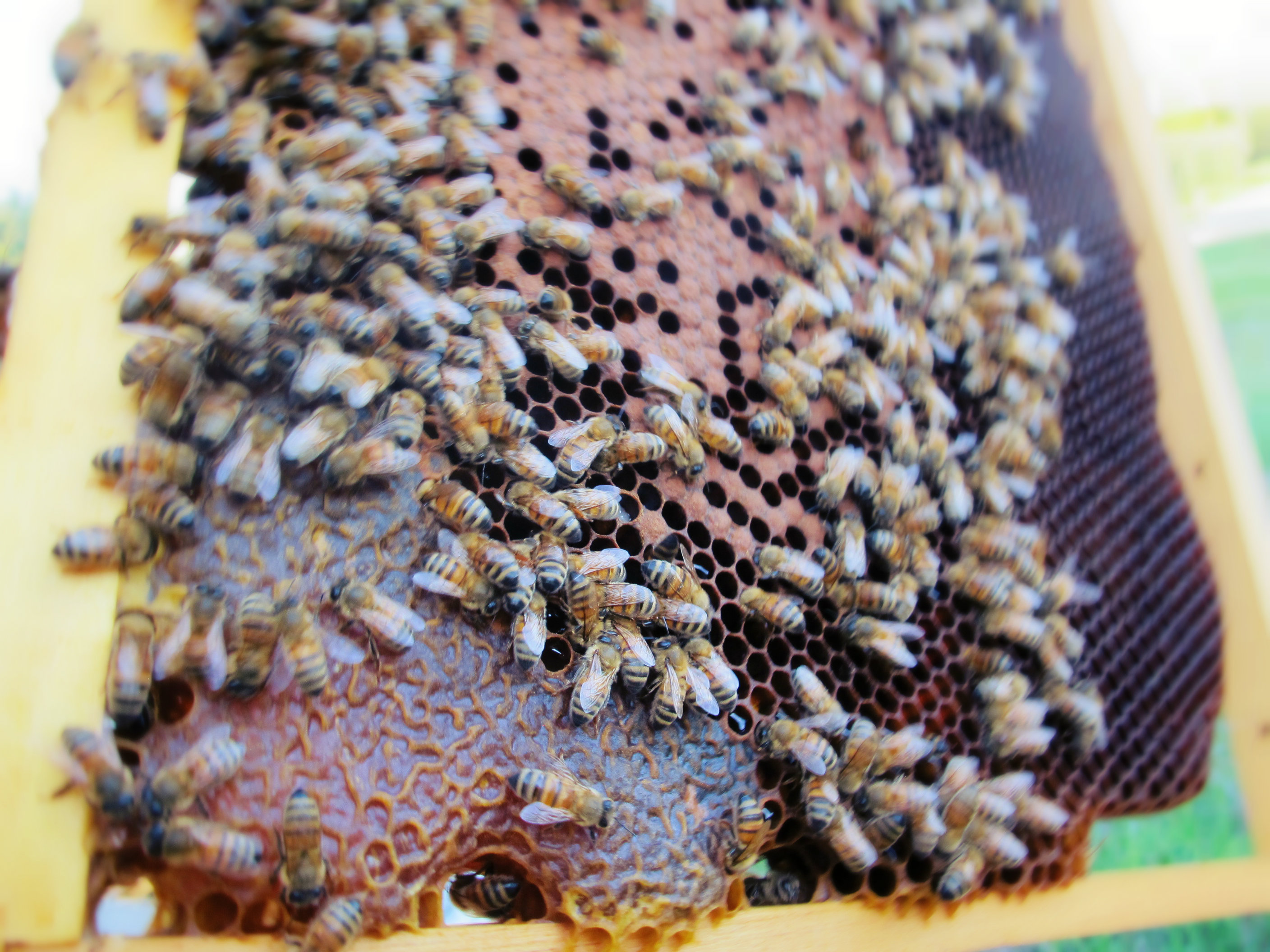Corbezzolo honey is having a moment. A rare, valuable and very bitter nectar, there are many factors that make this quintessential Sardegna honey so special.
To mention one, Corbezzolo trees only flower at a particular time of year if the weather conditions are right. They need summer rains and a mild August, or they won’t flower at all. The flowers bloom from October to December, during the windiest, rainiest season in Sardegna, so it’s really challenging for the bees to leave their hives and collect the nectar!
All these factors combined mean that Corbezzolo honey is produced in very limited quantities and is one of the rarest honeys in the world.
unique characteristics
Curious of what to expect from this honey? In this video our Corbezzolo producer Luigi Manias sits down with Ambasciatori del Miele (honey ambassadors) and leads a wonderful Corbezzolo honey tasting.
Visual:
In its liquid form, Corbezzolo honey is light amber in color. However, this honey is known to crystallize almost immediately after extraction. At this point, the color leans more towards hazelnut or chestnut with tinges of grayish-green. It’s normal for organic, natural honey to crystallize, there’s a trick to bring it back to its liquid form (but we love to taste those crunchy tiny crystals!)
Olfactory:
Take a sniff of Corbezzolo honey and you’ll immediately know you’re onto something special. The smell is inevitably bitter, with notes of ivy leaves and toasted coffee.
Flavor:
Finally, have a taste and you’ll understand why Corbezzolo is renowned for its particularly complex flavor profile. Luigi calls this honey “poco dolce”, or not very sweet, with bitter, astringent, and tannic qualities. He identifies hints of rhubarb and gentian liqueur, as well as the aromas first perceived by smell.
The flavor starts off moderate, and then becomes more and more intense as it spreads across your palate. The Italian National Register of Experts in Sensory Analysis of Honey also identifies notes of leather, licorice, coffee, balsamic vinegar, and of course a characteristic bitterness.
